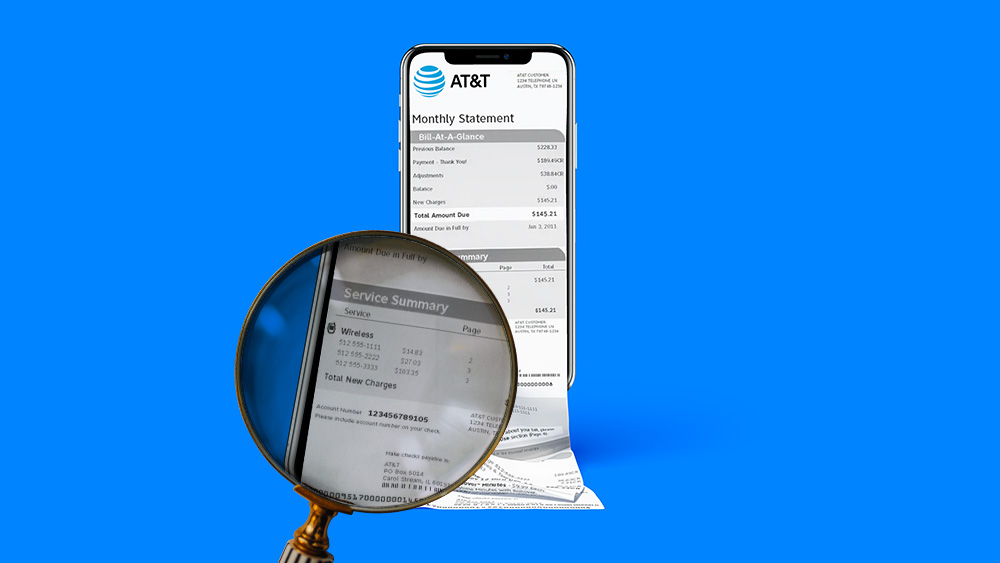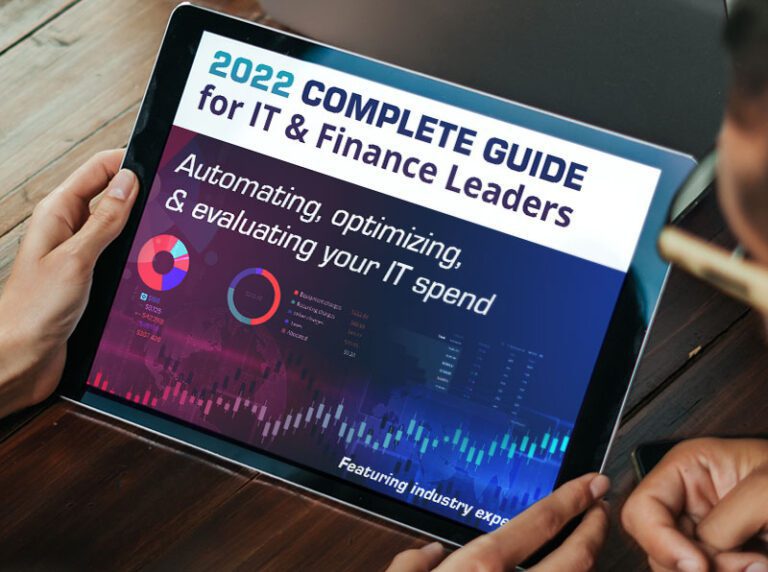
Telecom Blog
Articles for IT and ServiceNow leaders
Check out some articles below about the ins and outs of IT asset and expense management, how to optimize your spend, gain efficiencies, and drive transparency across your organization.
Check out some articles below about the ins and outs of IT asset and expense management, how to optimize your spend, gain efficiencies, and drive transparency across your organization.
Published yearly, Gartner’s market guide provides insight into the future of telecom expense management services, the evolution of the industry, and thorough market analysis, including a review of the various vendors.
Gartner’s market guide is available for purchase here.
Companies are spending more and more money on IT-related services such as mobile phones, tablets, IoT devices, project management software, virtual meeting subscriptions, and more.
This spending generates large numbers of IT-related invoices. In order to manage these invoices, many enterprise organizations lean on a traditional TEM partner to automate and optimize the IT invoice management process. But that expense data is often siloed across multiple systems based on how or where the transaction occurred (telecom, mobile, cloud, etc.). So, when it comes to understanding total IT spend by department, initiative, or category, many IT leaders are stuck using manual processes and spreadsheets.
TEMs solve those problems by optimizing IT spending, making workflows more efficient, and providing full transparency into IT expenses across each category. TEMs also often provide services that can help cover everything from lifecycle management, to procurement, unified endpoint management, bill pay, and more.
1. Enterprise software – 11% growth
2. IT services – 8.6% growth
3. Data center systems – 5% growth
4. Devices – 2.3% growth
5. Communications services – 2.1% growth
Gartner projects nearly $1.5 trillion in spending on communication services and another $1.3 trillion on IT services. Devices will see $820 billion in spending while enterprise software and data center systems are expected to account for $700 billion and $207 billion, respectively.
